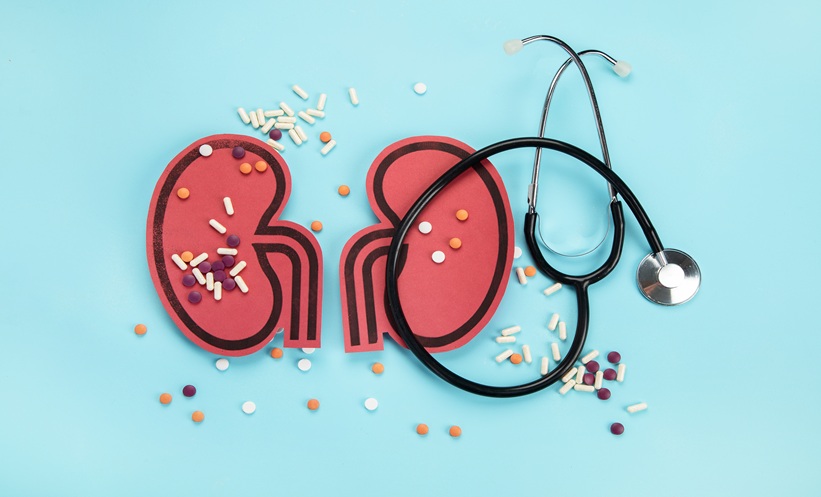STEROID avoidance combined with low-dose tacrolimus has been shown to be both safe and effective for kidney transplant recipients over the long term, according to new follow-up data from the SAILOR trial. These results provide important evidence for clinicians seeking to minimize steroid-related complications while maintaining graft survival.
The original randomized SAILOR study enrolled 222 immunologically low-risk kidney transplant patients who were assigned to either antithymocyte globulin induction with low-dose tacrolimus and mycophenolate mofetil, or to basiliximab induction with low-dose tacrolimus, mycophenolate mofetil, and prednisolone. Short- and medium-term findings demonstrated the feasibility of steroid avoidance, but long-term outcomes were needed to confirm durability.
In the extended follow-up, clinical data were collected for 215 patients at one, two, and five years, with final assessments at a mean follow-up of 7.3 years. Patient survival rates (88% vs. 93%) and death-censored graft survival (91.8% vs. 93.1%) were statistically similar between the steroid avoidance and steroid maintenance groups. Kidney function remained stable in both arms, with estimated glomerular filtration rates of 50.8 and 54 ml/min per 1.73 m² respectively.
The incidence of biopsy-proven rejection was comparable between groups, and rates of serious infection or malignancy did not differ significantly. Notably, patients in the steroid avoidance arm had a lower cumulative incidence of posttransplant diabetes mellitus in the per-protocol analysis. At the end of follow-up, two-thirds of these patients were still managed successfully without steroids.
These results provide compelling long-term evidence that steroid avoidance with low-dose tacrolimus is a viable option for immunologically low-risk kidney transplant recipients. The strategy was associated with preserved graft and patient survival while reducing the burden of posttransplant diabetes.
Reference: Ekberg J et al. Steroid Avoidance With Low-Dose Tacrolimus is Safe and Effective in the Long-Term for Kidney Transplant Recipients. Kidney Int Rep. 2025;10(9):3102-3112.








